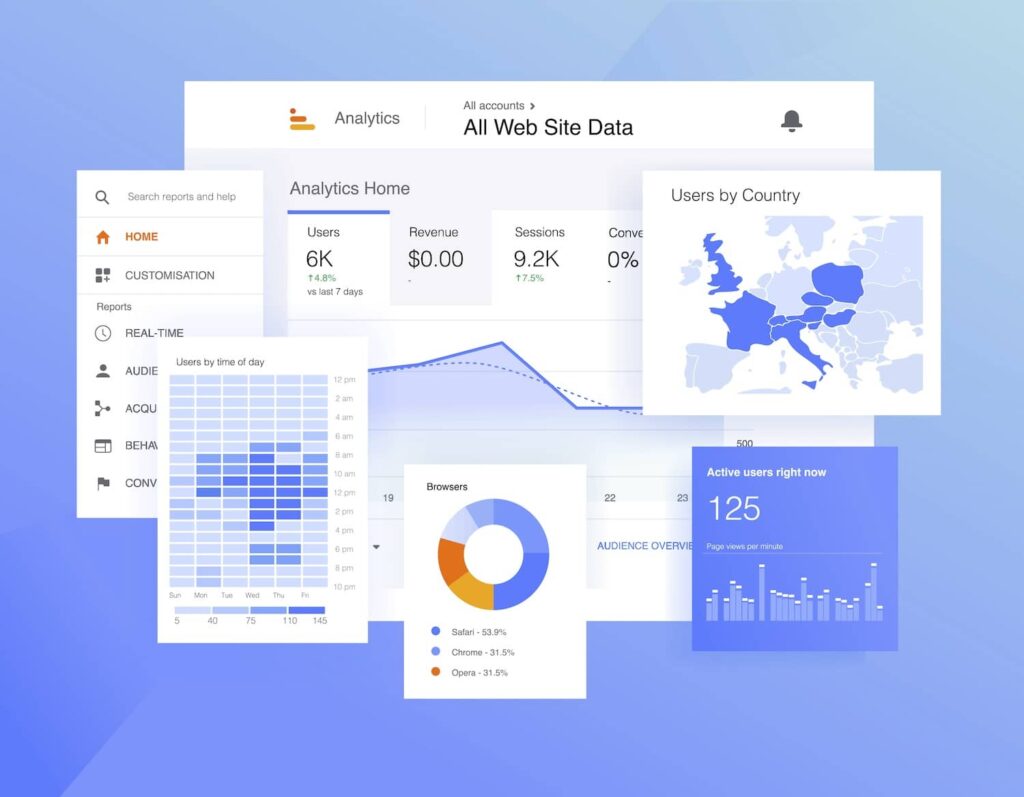Comprehending Secondary Dimensions in Google Analytics: What is a Secondary Dimension and How It Improves Information Evaluation
Comprehending Secondary Dimensions in Google Analytics: What is a Secondary Dimension and How It Improves Information Evaluation
Blog Article
Unveiling the Effect of Additional Dimension in Google Analytics on Data Analysis and Insights
In the realm of information analytics, the usage of additional dimensions within Google Analytics has actually emerged as a critical tool for drawing out much deeper insights and unraveling facility patterns that might or else remain obscured. By peeling back the layers of main information collections, second measurements use a nuanced perspective that enhances the understanding of individual actions, website efficiency, and the efficiency of advertising and marketing strategies. The true influence and untapped capacity of additional measurements are commonly underestimated, outweighed by the allure of main metrics. As we browse with the intricate landscape of information analysis, the value of second measurements becomes increasingly obvious, dropping light on vital information that hold the trick to informed decision-making and critical optimizations.
Checking Out the Idea of Additional Measurements
Additional measurements in Google Analytics give additional understandings by enabling individuals to evaluate key information in conjunction with a second feature. By incorporating secondary measurements, individuals can dive much deeper right into the data and reveal beneficial relationships that may otherwise go undetected - what is a secondary dimension in google analytics.
Understanding the concept of additional dimensions is vital for making the most of the potential of Google Analytics. It allows individuals to section data effectively, determine patterns, and make educated decisions based upon an extra total image of their analytics information. By checking out the different additional dimensions available in Google Analytics, customers can unlock new insights and maximize their electronic advertising initiatives. Basically, additional dimensions act as an effective device for enhancing data evaluation and driving actionable outcomes.
Enhancing Data Analysis With Secondary Dimensions
Having established the fundamental understanding of additional measurements in Google Analytics and their essential function in data evaluation, the emphasis currently shifts towards leveraging these additional qualities to boost the interpretation of analytics data (what is a secondary dimension in google analytics). By including second measurements right into information evaluation, analysts can obtain much deeper understandings into user habits, website performance, and advertising and marketing efficiency

Additionally, second measurements assist in contextualizing main information metrics by giving extra layers of info. This contextualization aids in understanding the 'why' behind the information fads, helping experts make notified decisions and optimizations to enhance overall performance. Ultimately, including secondary dimensions enhances the information analysis process, resulting in even more purposeful insights and calculated actions.
Discovering Hidden Insights Through Additional Measurements
Checking out the midsts of analytics information with additional dimensions discloses important insights that would certainly otherwise continue to be obscured. By incorporating additional measurements in Google Analytics, organizations can uncover covert patterns, patterns, and relationships that provide an even more extensive understanding of customer actions and site efficiency. These added layers of data permit analysts to dive much deeper right into the primary measurements, such as website traffic sources or landing pages, and obtain an extra nuanced perspective on how different variables communicate with each other.
Through the use of secondary dimensions, experts can segment and contrast information across numerous measurements, allowing them to determine details variables that affect individual interaction, conversion prices, and overall success metrics. As an example, by combining the main measurement of 'device group' with the secondary dimension of 'age,' marketers can pinpoint which age demographics prefer accessing the internet site via smart phones versus desktops. This level of granularity equips services to make data-driven choices and maximize their methods for much better results. Ultimately, uncovering surprise insights via secondary dimensions boosts the deepness and accuracy of information evaluation, leading to even more educated decision-making and enhanced performance results.
Leveraging Secondary Measurements for Actionable Analytics
Building upon the insights revealed through additional measurements in Google Analytics, services can now harness this enriched information landscape to drive workable analytics and critical decision-making. By leveraging second dimensions, companies can dig much deeper right into their information to remove beneficial patterns, fads, and connections that might have formerly gone undetected. This deeper degree of analysis allows companies to acquire a much more comprehensive understanding of customer habits, campaign performance, and general site efficiency.
One Website secret benefit of making use of additional dimensions for workable analytics is the capability to section information based on details criteria. This segmentation permits services to tailor their techniques and campaigns to various target market teams, leading to a lot more targeted and efficient advertising and marketing efforts - what is a secondary dimension in google analytics. In addition, additional dimensions provide an even more alternative view of individual interactions, allowing businesses to optimize their website web content, style, and general user experience
Optimizing Decision-Making With Second Measurements
To boost calculated decision-making in analytics, leveraging additional dimensions in Google Analytics can give an extra nuanced point of view on customer actions and campaign find this efficiency. By including second dimensions into data analysis, companies can dig much deeper right into the specifics of their internet site site visitors' communications and interaction patterns. This additional layer of information enables an extra thorough understanding of how different variables, such as demographics, tools, or traffic sources, influence vital efficiency indications.

Conclusion
To conclude, using secondary dimensions in Google Analytics plays a vital function in improving information analysis and uncovering hidden understandings. By exploring this concept, one can gain a deeper understanding of customer behavior and make informed choices based on workable analytics. Leveraging secondary dimensions enables a much more comprehensive analysis of information and makes the most of the efficiency of decision-making procedures.

Report this page